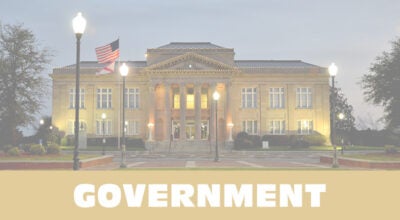Officials: Emergency procedures in place for local dams
Published 1:16 am Wednesday, August 30, 2017
The nation has watched in horror as residents of Texas and Louisiana have coped with 20 to 40 inches of rain from Hurricane Harvey, and a few areas dealing with almost 50 inches of rain.
Forecasters say some of the worst flooding is yet to come, and this could be the costliest natural disaster in U.S. history.
Forecasters say many bayous and large rivers will remain well above flood stage well into September, and officials are carefully monitoring reservoirs and levees.
The continued flooding has led some area residents to ask, “What if we got that much rain?”
The Star-News reached out to PowerSouth for information about the hydroelectric dams on Gantt and Point A, and emergency plans.
“PowerSouth operates its hydroelectric dams under a Federal Energy Regulatory Commission license, which provides mandates (guidelines) for operation in normal and high water conditions,” PowerSouth Communications Manager Baynard Ward said.
“This license, as well as an agreement with the U.S. Fish and Wildlife Service, requires PowerSouth to operate its hydros as ‘run of the river’ facilities. This means that all water that enters the lakes via the Conecuh River and Patsaliga Creek is allowed to pass through the dams. The river flow is measured at gauges both upstream and at the dams to ensure operations are within acceptable limits.
“As part of this agreement, PowerSouth maintains lake levels within 6 inches above and below a certain limit, allowing operators to moderate lake levels as conditions allow,” he said.
“During a high water event, operators may open floodgates to allow water to pass through the dams. PowerSouth maintains an Emergency Action Plan, approved by the Federal Energy Regulatory Commission, that provides guidelines for operations under all conditions. This plan is practiced annually with federal, state and local agencies, including the Covington County EMA. In an emergency event, the EMA would assist PowerSouth in notifications and evacuations if necessary.”
–Michele Gerlach






